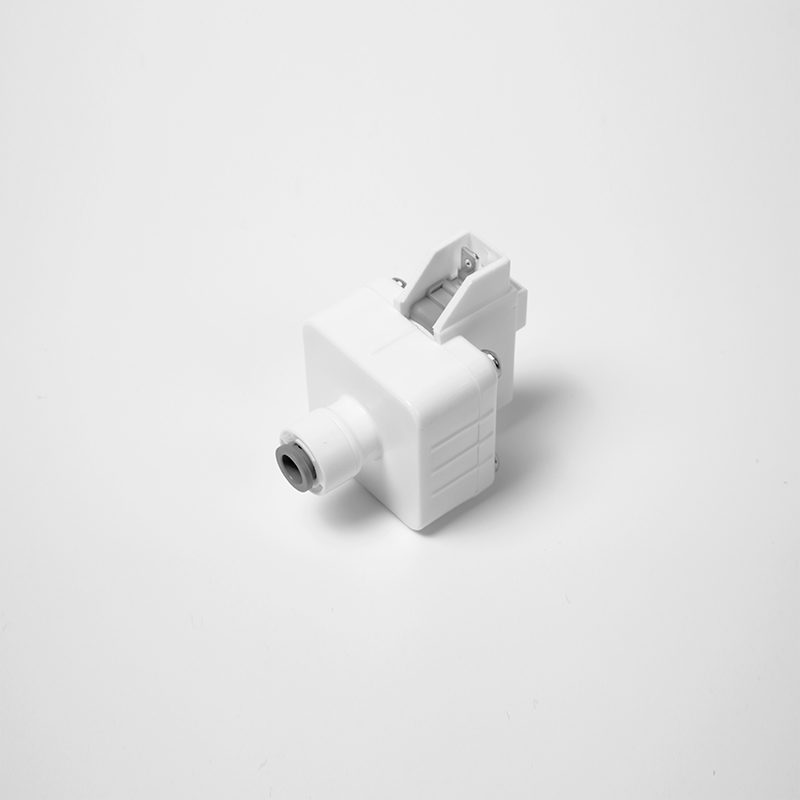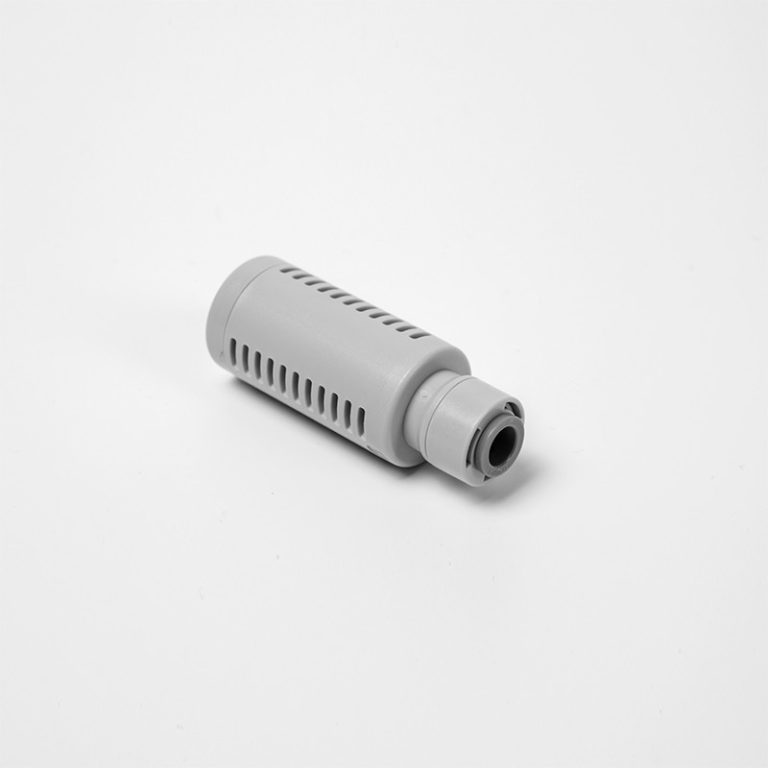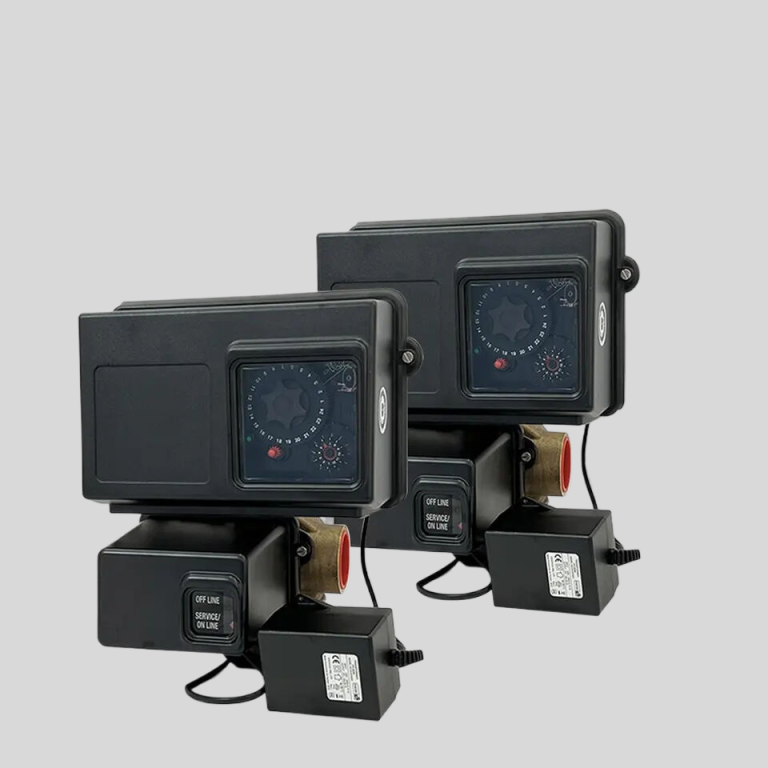“Durable protection for your electrical systems.”
Table of Contents
Benefits of Using PVC Coated Rigid Conduit Fittings in Electrical Installations
PVC coated rigid conduit fittings are an essential component in electrical installations, providing a durable and reliable solution for protecting electrical wiring. These fittings are made from high-quality materials that are designed to withstand harsh environmental conditions, making them ideal for both indoor and outdoor applications. In this article, we will explore the benefits of using PVC coated rigid conduit fittings in electrical installations.
One of the primary advantages of PVC coated rigid conduit fittings is their durability. These fittings are made from a combination of steel and PVC, which provides a strong and sturdy construction that can withstand the rigors of daily use. This durability ensures that the electrical wiring inside remains protected and secure, reducing the risk of damage or malfunction.
Additionally, PVC coated rigid conduit fittings are resistant to corrosion, making them ideal for use in outdoor installations where exposure to moisture and other elements is a concern. The PVC coating acts as a barrier against rust and corrosion, ensuring that the fittings remain in top condition for years to come. This resistance to corrosion also helps to extend the lifespan of the electrical wiring inside, reducing the need for frequent maintenance and repairs.
Another benefit of using PVC coated rigid conduit fittings is their versatility. These fittings come in a variety of sizes and configurations, making it easy to find the perfect fit for any electrical installation. Whether you are working on a small residential project or a large commercial installation, PVC coated rigid conduit fittings can be customized to meet your specific needs.
In addition to their durability and versatility, PVC coated rigid conduit fittings are also easy to install. These fittings are designed to be simple and straightforward to work with, allowing for quick and efficient installation. This can help to save time and labor costs during the installation process, making PVC coated rigid conduit fittings a cost-effective solution for electrical installations.

Furthermore, PVC coated rigid conduit fittings are also fire-resistant, providing an added layer of safety in electrical installations. The PVC coating on these fittings is designed to withstand high temperatures, reducing the risk of fire spreading through the electrical wiring. This fire resistance can help to protect both the property and the occupants from potential hazards, making PVC coated rigid conduit fittings an essential component in any electrical installation.
Overall, PVC coated rigid conduit fittings offer a wide range of benefits for electrical installations. From their durability and corrosion resistance to their versatility and ease of installation, these fittings provide a reliable and cost-effective solution for protecting electrical wiring. Whether you are working on a residential, commercial, or industrial project, PVC coated rigid conduit fittings are an essential component that can help to ensure the safety and efficiency of your electrical system.
How to Properly Install and Maintain PVC Coated Rigid Conduit Fittings
PVC coated rigid conduit fittings are essential components in electrical systems, providing protection and support for electrical wiring. Proper installation and maintenance of these fittings are crucial to ensure the safety and efficiency of the electrical system. In this article, we will discuss how to properly install and maintain PVC coated rigid conduit fittings.
When installing PVC coated rigid conduit fittings, it is important to follow the manufacturer’s instructions carefully. Start by measuring and cutting the conduit to the required length using a hacksaw or pipe cutter. Make sure to deburr the cut ends to prevent damage to the wires during installation. Next, insert the wires into the conduit and secure them with appropriate fittings such as connectors, couplings, or elbows.
Once the wires are in place, connect the conduit fittings using PVC cement or solvent weld. Apply the cement to both the conduit and the fitting, then push them together firmly to create a strong bond. Allow the cement to dry completely before continuing with the installation. It is important to ensure that all fittings are securely fastened to prevent any movement or disconnection.
After the fittings are installed, it is essential to test the electrical system to ensure proper functionality. Use a voltage tester to check for continuity and ensure that there are no loose connections or faulty fittings. Make any necessary adjustments or repairs before energizing the system to prevent any potential hazards.
To maintain PVC coated rigid conduit fittings, regular inspections are necessary to check for signs of wear or damage. Look for cracks, corrosion, or any other defects that may compromise the integrity of the fittings. Replace any damaged fittings immediately to prevent electrical hazards and ensure the safety of the system.
In addition to visual inspections, it is important to clean the fittings regularly to remove dirt, dust, or debris that may accumulate over time. Use a mild detergent and water solution to clean the fittings, then rinse thoroughly and allow them to dry completely before reinstalling them. This will help prolong the lifespan of the fittings and prevent any potential issues that may arise from dirt buildup.
Proper maintenance of PVC coated rigid conduit fittings also includes protecting them from environmental factors that may cause damage. Ensure that the fittings are installed in a dry and well-ventilated area to prevent moisture buildup, which can lead to corrosion and deterioration of the fittings. Additionally, protect the fittings from extreme temperatures, sunlight, and chemicals that may degrade the PVC coating.
| Model | Tube(a) | Stem(b) |
|---|---|---|
| 1801-A | 1/4 | 1/4 |
| 1801-C | 1/4 | 3/31 |
In conclusion, proper installation and maintenance of PVC coated rigid conduit fittings are essential to ensure the safety and efficiency of electrical systems. By following the manufacturer’s instructions, conducting regular inspections, and cleaning the fittings regularly, you can prevent potential hazards and prolong the lifespan of the fittings. Remember to test the electrical system after installation and make any necessary repairs or adjustments to ensure proper functionality. By taking these steps, you can maintain a reliable and safe electrical system for years to come.



